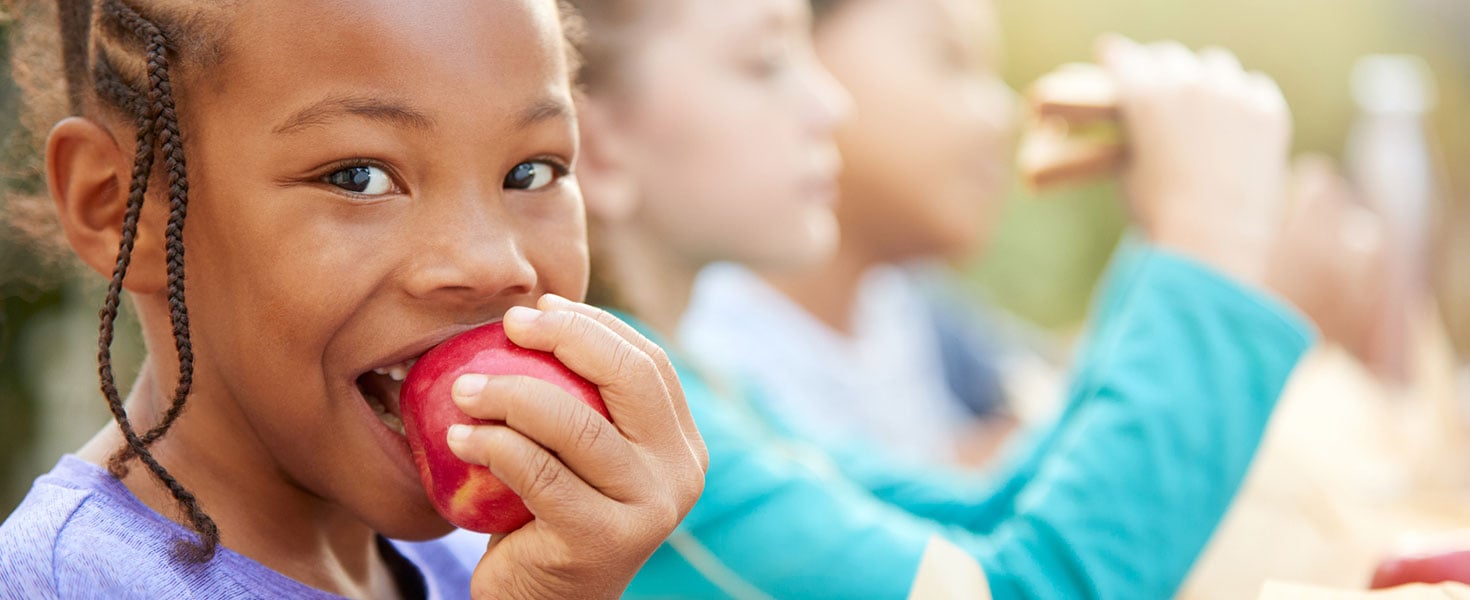
In today’s world, it’s easy to feel overwhelmed by conflicting advice on what to eat—especially when all you want is a healthy meal. We’re told to fill our plates with leafy greens and a rainbow of fruit, but what about the pesticides that might come with them?
Pesticides are chemicals used to kill, repel or reduce pests that threaten crops, such as insects, weeds, fungi, and rodents. They’re commonly applied to produce grown in the US to increase crop yield and keep your produce blemish-free. Though all produce sold in the US must comply with standards for pesticide residues set by the UN’s Codex Alimentarius Commission, both conventional and organic farms can apply pesticides to the food we buy and eat. Organic farms are restricted from using synthetic chemicals that are most closely tied to health risks.
Consuming synthetic pesticides through food can cause serious health risks that range from eye and skin irritation to an increased risk of cancer to hormone disruption.
The good news is that a few simple steps can go a long way to reduce your exposure to pesticides in produce—and keep you and your family healthy. Here are some pointers.
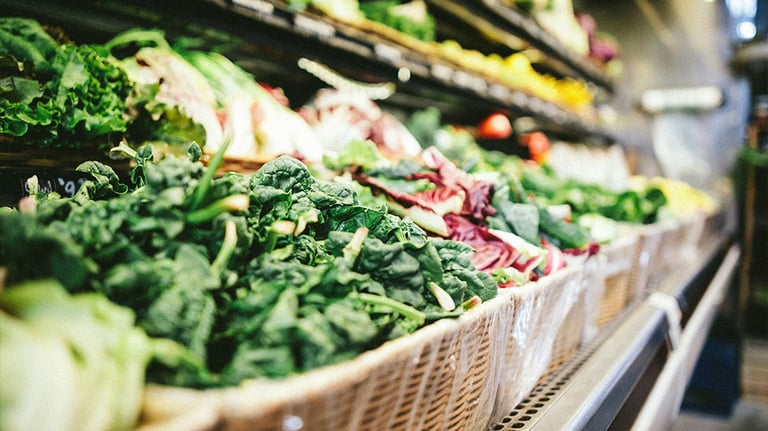
1. Shop smart.
Each year, the Environmental Working Group (EWG) tests dozens of fruits and vegetables to determine which have the highest and lowest levels of pesticide residue. It then publishes the Dirty Dozen, which includes the 12 fruits and vegetables with the most pesticide residue, and the Clean Fifteen, which highlights those with the least. Keep these lists handy while grocery shopping to make smarter choices.
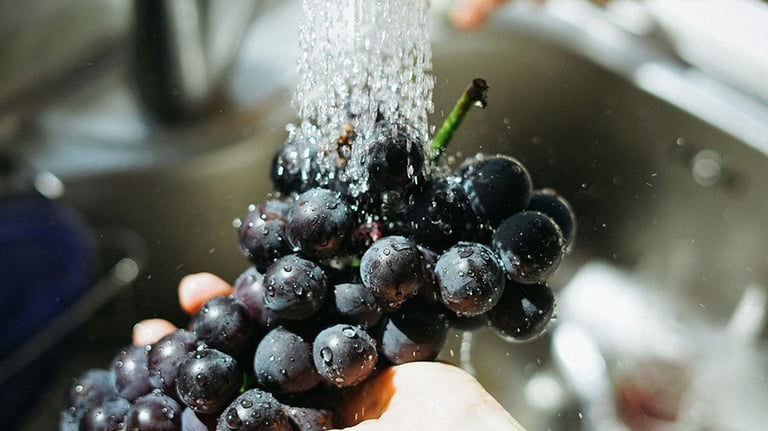
2. Wash your produce properly.
Natalie Dyenson, Chief Food Safety & Regulatory Officer with the International Fresh Produce Association, recommends leaving your fruits and veggies under cool running water for at least 20 seconds to remove as much pesticide residue as possible.
She advises against soaking produce, as this doesn’t wash away pesticides in the same way the friction and constant refreshment of running water does. Dyenson also stresses that there is no need to use soaps or produce detergents: “There is no scientific evidence that they are more effective than water alone.”
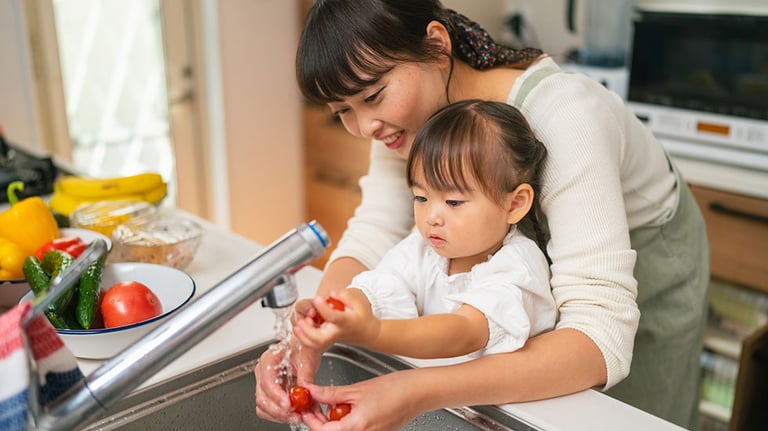
3. Scrub when necessary.
“Firm items—like melons, potatoes, and carrots—can be scrubbed with a clean, dedicated vegetable brush to remove more pesticides,” Dyenson says. However, she warns against using a harsh scrubber on more delicate items, such as grapes and berries. Instead, gently rub them with your hands under running water. For especially delicate items, such as raspberries, rinse them in a mesh strainer under a light shower for at least 20 seconds.
4. Consider peeling your produce.
Because the outer layer of produce is most exposed to pesticides, it’s more likely to contain residue than the interior. Peeling produce with thick skin—such as carrots, cucumbers, and apples—can reduce your pesticide exposure.
Nevertheless, Dyenson points out that produce skin is often the richest in vitamins and minerals, so you may lose some of the nutritional value. To ensure you're consuming safe, clean produce, be sure to wash fruits and vegetables thoroughly before biting into them, even if you plan to peel them later.
When it comes to leafy greens, Dyenson says it’s best to peel away and discard the outer leaves of whole heads of cabbage and lettuce.
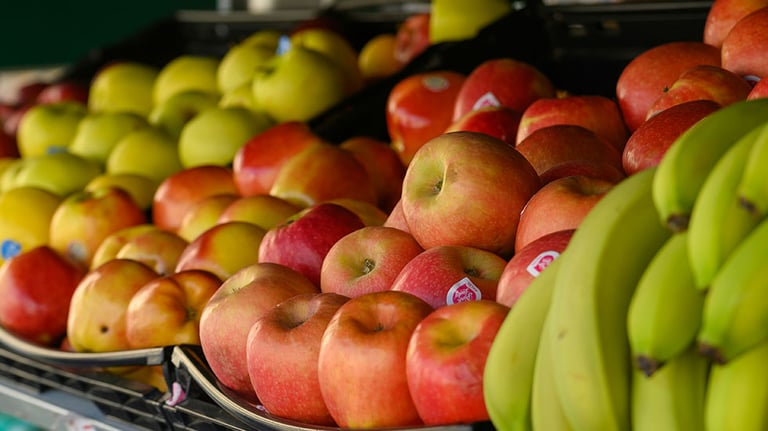
5. Double-check prewashed packaged produce.
While all whole produce must be washed before cooking or eating, most packaged and pre-chopped fruits and vegetables are already washed—but check labels to make sure. According to Violeta Mendoza Gomez, Director of Food Safety and Quality at CarusoUSA, “While pre-washed and pre-cut vegetables may have lower pesticide residues, washing whole produce at home can be just as effective while preserving more nutrients. There is no solid data showing that loose versus packaged produce significantly impacts pesticide levels.” If you opt for the convenience of pre-cut veggies, it doesn’t hurt to give a second rinse at home.
. . . . .
By keeping these tips in mind, you can happily and confidently fill your grocery cart with a variety of fruits and vegetables—and know how to better protect yourself from pesticides in produce.
